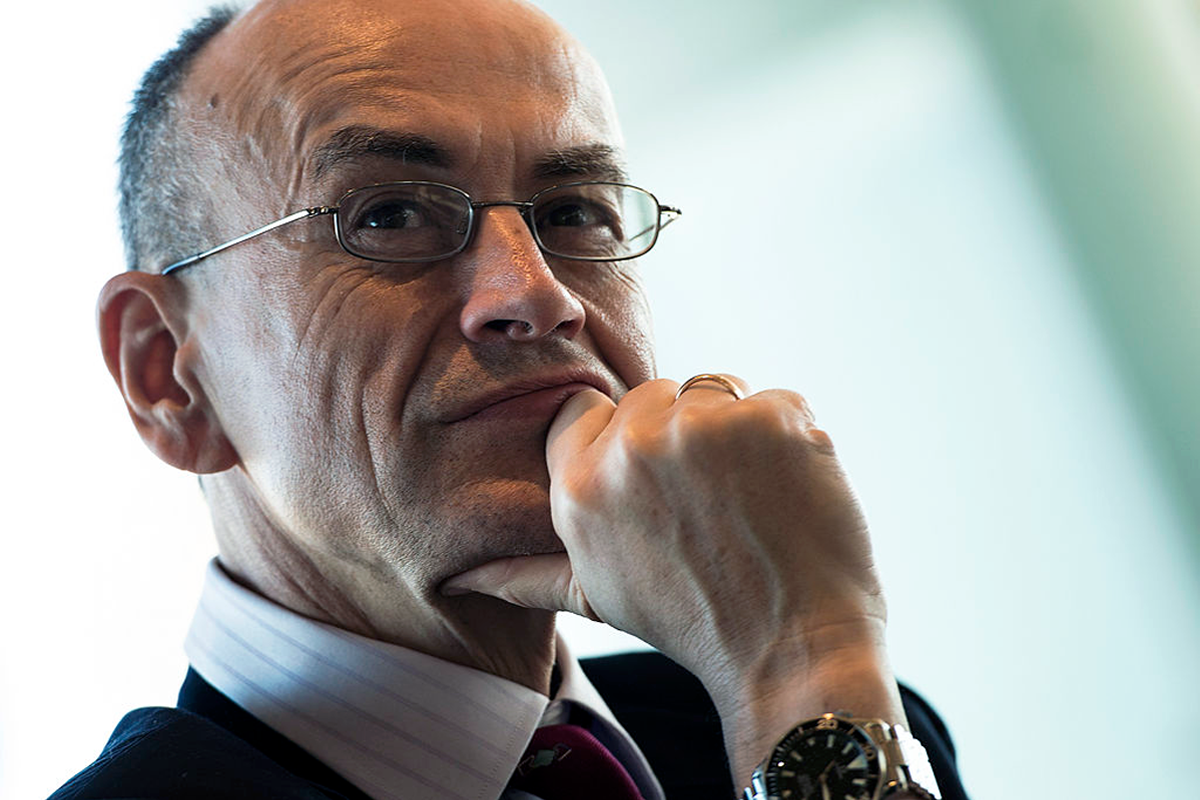
Second paper from lab of Nobel Prize winner to be retracted
The paper was corrected in May, but comments on PubPeer spurred further analysis.
A 2017 Neuron paper from the lab of neuroscientist Thomas Südhof at Stanford University is to be retracted, according to an August update on Südhof’s website.
The paper, whose first author is Lulu Y. Chen, a former postdoctoral researcher in Südhof’s lab, is titled “Conditional deletion of all neurexins defines diversity of essential synaptic organizer functions for neurexins.” It has been cited more than 150 times, according to Clarivate’s Web of Science.
A total of 44 papers co-authored by Südhof have threads on PubPeer, and his lab website details 25 errors identified by either PubPeer commenters or lab members. Earlier this year, Südhof and his co-authors retracted a 2023 study published in the Proceedings of the National Academy of Sciences after they reanalyzed the data following inconsistencies raised by PubPeer commenters, The Transmitter reported in March. This will be the second retraction for Südhof, recipient of the 2013 Nobel Prize in Physiology or Medicine.
Chen, now assistant professor of anatomy and neurobiology at the University of California, Irvine, initiated a thread on PubPeer in April acknowledging an inadvertent panel duplication in one figure of the 2017 paper. “I flatly deny any intent to deceive or falsification of data—this was an honest mistake,” Chen wrote in an email to The Transmitter back in May. Chen told The Transmitter this week that she disagrees with retracting the paper but understands why Südhof “feels it is necessary.”
This error was corrected in the journal on 16 May, but commenters on PubPeer brought up additional concerns. One of the commenters, Matthew Schrag, assistant professor of neurology at Vanderbilt University Medical Center, wrote on PubPeer about additional apparent image duplication issues that others had discovered and subsequently found more serious concerns after Südhof asked him to review the figures in the paper. (Schrag has become known for his investigative work, which he says is independent of his job at Vanderbilt).
Südhof has “an extraordinarily large body of work that’s been published, and errors are a part of the process,” Schrag says. But the “extent of the problems on this one can’t be explained through benign reasons—or, at least, I can’t come up with a benign reason,” he says.
I
n the update on his website providing further context about concerns raised on PubPeer, Südhof wrote that the comments “did not identify the real problem that Dr. Schrag advised us of later in a very civil interaction outside of PubPeer, namely that figure S4B contains a partial image duplication in the green channel.”Schrag did find “unnatural” issues with some figures, and he says Südhof agreed. Although, Schrag says, “I can’t follow the rationale for why what’s been done has been done.”
Südhof, who has not responded to a request for comment, wrote on his website that his own analysis, combined with “an invaluable contribution of an independent analysis,” from Schrag has led him and his co-authors to conclude that beyond the issue that was already corrected, there are two other issues with the paper. One is “duplications of micro-areas in cerebellar figures that are likely image processing artifacts,” which they deemed “minor.”
The other issue, deemed “major,” is “inexplicable duplications of larger image areas in only one channel in Figure 1D and S4B that cannot be explained by image processing artifacts,” Südhof wrote on his website. This is “potentially serious and at present cannot be explained by the first author who is responsible for these figures.”
The abnormalities will “warrant a retraction of the paper even though the quantitative analyses and conclusions are correct,” Südhof wrote. Schrag agrees with this action: “I’m encouraged that he’s taking serious steps to fix this.”
“I do not agree with Dr. Südhof’s decision to retract the paper, due to ‘weird’ image artifacts, though I understand why he feels it is necessary,” Chen wrote in an email to The Transmitter. She does “agree with his statement that the images do not affect the conclusions or analysis in the rest of the paper,” she wrote, adding that she plans to reproduce this work in her lab. (Chen’s full comment to The Transmitter is posted here, at her request).
Südhof is not the only Nobelist who has retracted papers recently: Molecular biologist Gregg Semenza has had 11 papers retracted, 10 of them since 2022; and chemical engineer Frances Arnold retracted a Science paper in 2020.
Cell Press did not respond to a request for comment by the time of publication.
Correction:
Recommended reading
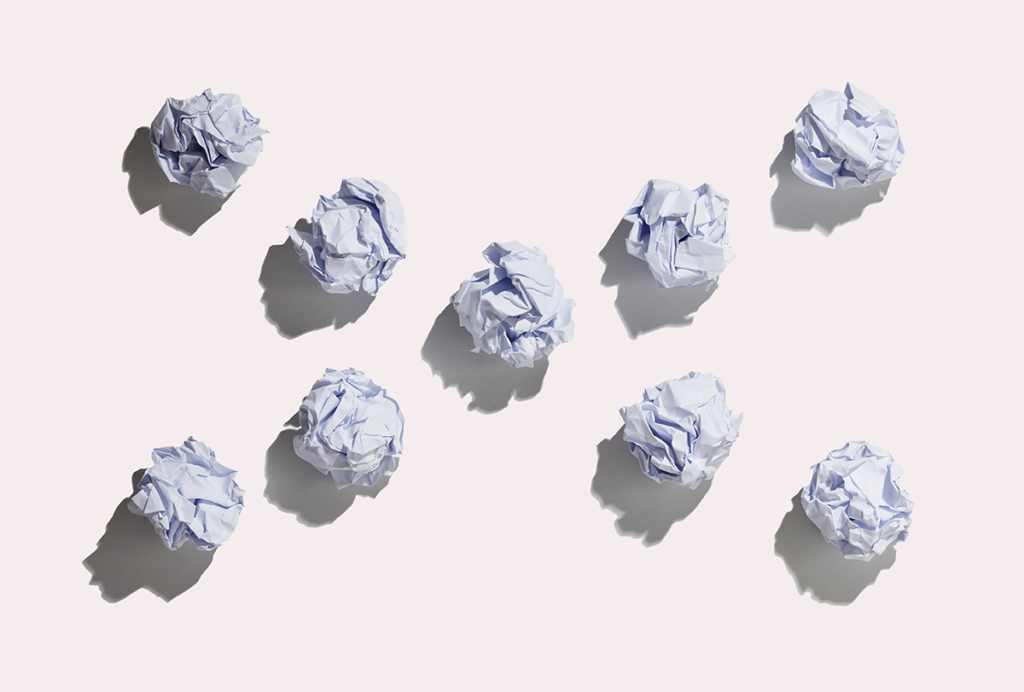
Psychedelics meta-analysis retracted after authors request ‘significant changes’
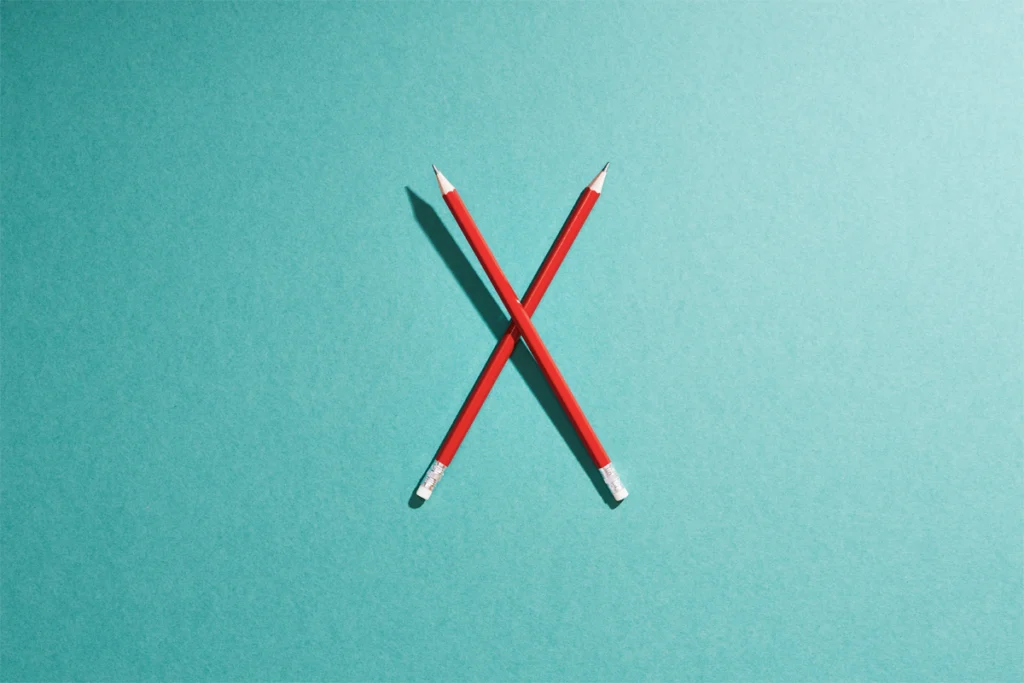
Nobel Prize winner Thomas Südhof retracts study
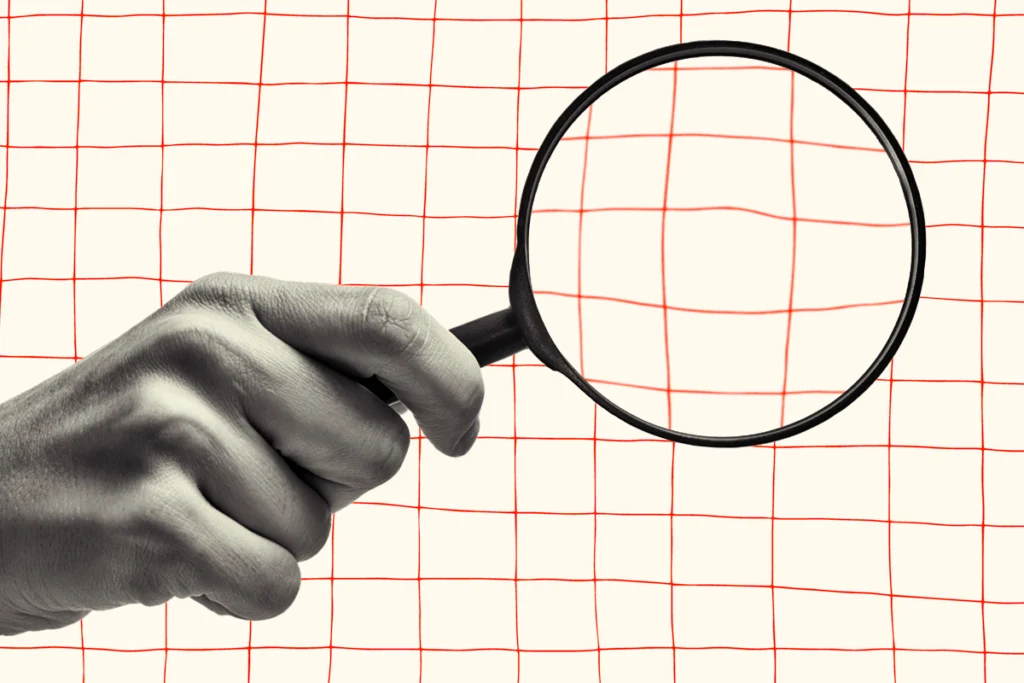
U.S. government requested inquiry into Alzheimer’s scientist over misconduct allegations
Explore more from The Transmitter
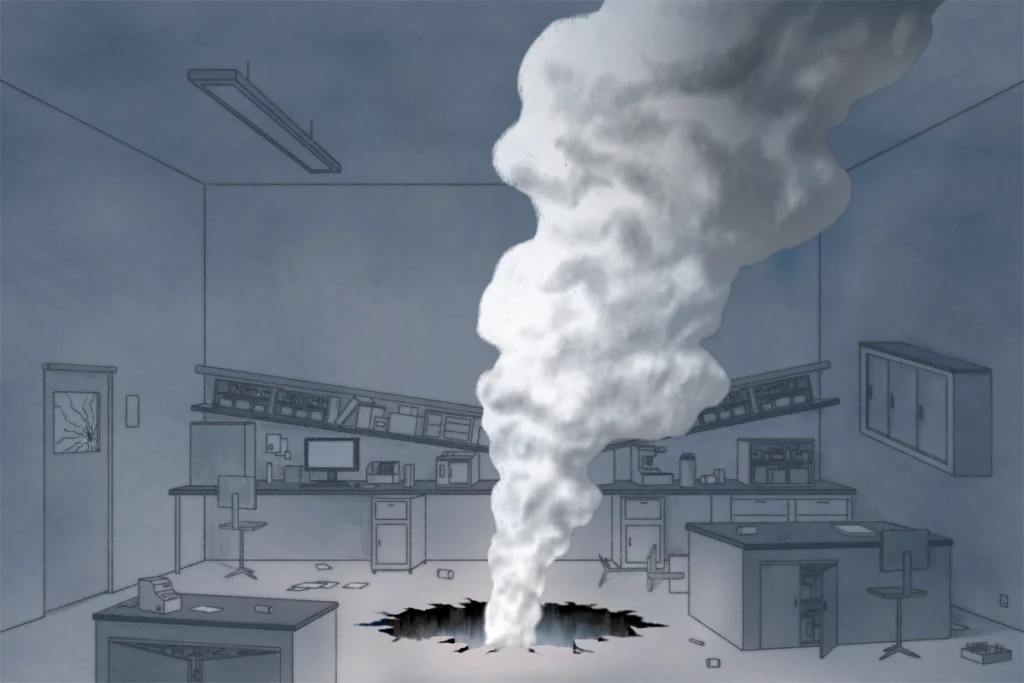
A scientific fraud. An investigation. A lab in recovery.
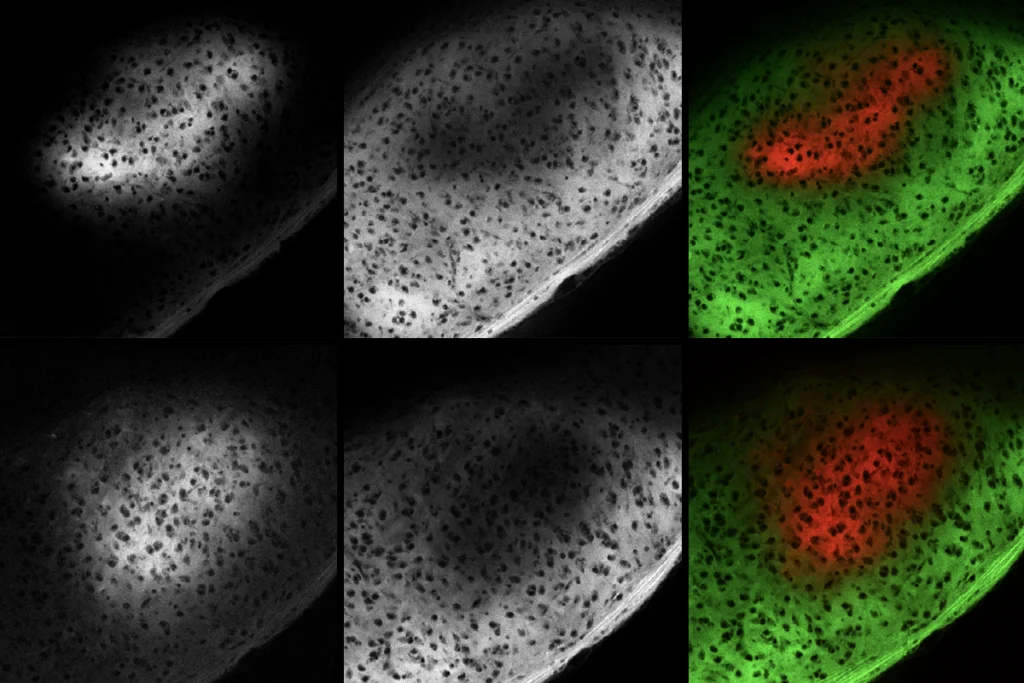
Microglia’s pruning function called into question
